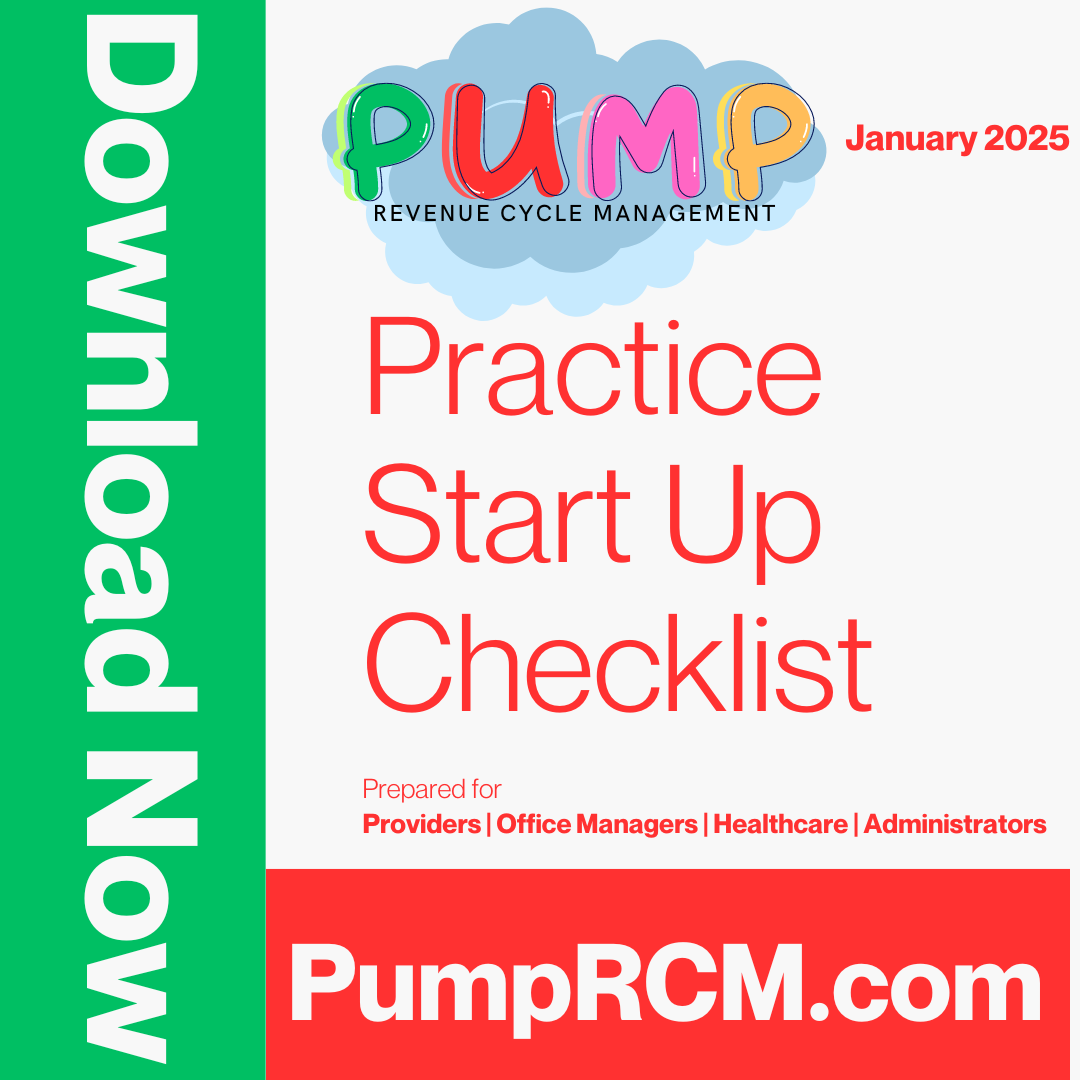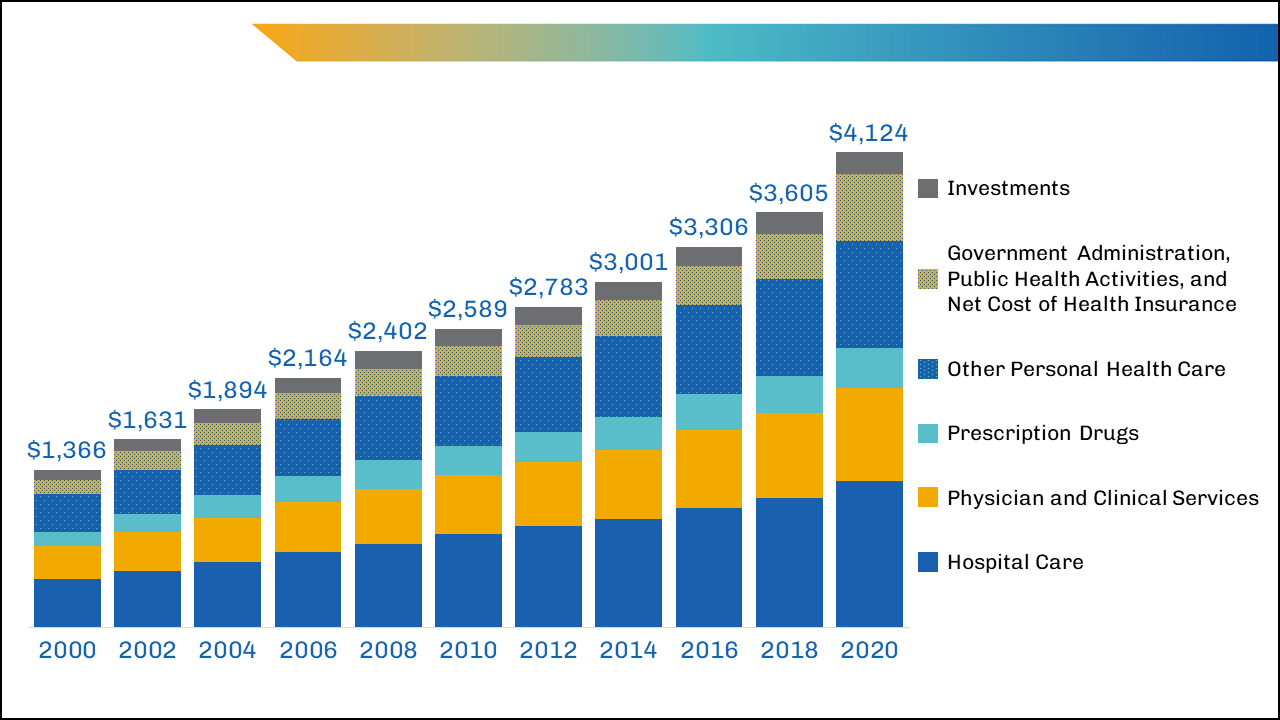A Comprehensive Guide on How Health Care RCM Works to Improve Invoicing and Collections
Browsing the complexities of medical care income cycle administration (RCM) is important for carriers intending to enhance their billing and collections processes. The overview unboxes the ins and outs of RCM, from client registration to balance dues administration, offering insights right into maximizing each action. Integrating sophisticated innovation and standard treatments can significantly reduce case denials and accelerate payment cycles. Yet, the real challenge lies in seamlessly merging these elements to increase cash flow. As we discover the core parts and strategies that drive performance, one concern stays: exactly how can health care entities best setting themselves to flourish financially in an ever-evolving sector?
Comprehending Revenue Cycle Management
RCM is an important management feature that includes the entire financial procedure of patient care, from the first consultation setting to the last repayment of the equilibrium. It is a complicated treatment made to recognize, collect, and handle the profits from the services given to clients.
The RCM process starts when a person schedules a visit and expands with the person's treatment trip, consisting of invoicing and collections. A key goal is to minimize the time between offering a solution and receiving payment, therefore boosting the company's monetary health. RCM entails different features such as individual registration, insurance policy verification, fee capture, coding, declares submission, settlement posting, and taking care of appeals and denials.
Key Elements of RCM
In the realm of Revenue Cycle Administration (RCM), comprehending its key elements is essential to accomplishing monetary performance within health care organizations. RCM is a detailed procedure that incorporates different phases, each critical to making sure efficient payment and collections. The key components consist of client enrollment, insurance coverage verification, charge capture, coding, claim entry, settlement posting, and balance due administration.


Once coded, cases are submitted to payers, where accuracy is critical to stay clear of delays or rejections - Healthcare RCM. Payment publishing includes tape-recording the received settlements, which permits for the settlement of accounts. Last but not least, balance dues management concentrates on monitoring and addressing unpaid insurance claims, ensuring prompt follow-up and resolution
Each part of RCM is interconnected, and ineffectiveness in any component can interfere with the whole cycle. For that reason, mastering these elements is vital for healthcare carriers to optimize earnings and improve their financial wellness.
Techniques for Efficient Payment

Systematizing payment treatments across the company is one more key method. Establishing clear guidelines for documents, coding, and submission helps preserve uniformity and compliance with governing requirements. Educating team on a regular basis on these procedures guarantees everyone is up-to-date with the most recent modifications in invoicing codes and payer policies.
Precise cost capture is necessary in protecting against revenue leak. Implementing routine audits and monitoring systems enables the recognition and modification of disparities prior to they impact earnings. In addition, maintaining open lines of interaction with payers helps to swiftly settle any disagreements or misconceptions that may emerge.

Finally, interesting people early in the billing procedure by providing clear estimates and academic products regarding their financial responsibilities can considerably decrease complication and enhance settlement timeliness. These link strategies jointly add to a much more reliable and financially healthy payment system.
Enhancing Collections Procedures
A durable collections process is crucial for keeping economic stability within medical care organizations. Offered the intricacies of clinical payment and the variety of payer needs, boosting the collections procedure involves carrying out tactical actions that make certain exact and prompt settlement of services made. Central to this is the use of modern technology to automate and simplify processes, boosting and lowering hand-operated mistakes efficiency. Automation tools can assist in tracking claim statuses, sending out prompt reminders to clients, and handling rejections a lot more successfully.
Clear and transparent patient interactions are essential. Supplying comprehensive explanations of fees and providing flexible settlement strategies can increase client satisfaction and timely repayments.
Regular audits of the collections procedure ought to be conducted to determine locations for improvement and guarantee compliance with guidelines. By examining information, healthcare companies can identify fads, prepare for potential concerns, and adapt techniques as necessary (Healthcare RCM). Eventually, a well-enhanced collections process not only sustains monetary wellness but likewise adds to an extra seamless experience for individuals and staff alike
Optimizing Profits Streams
Structure upon the structure of a solid collections process, healthcare organizations can additionally strengthen their financial stability by purposefully enhancing earnings streams. This entails a multi-faceted approach, starting with an extensive analysis of existing income resources to go to my blog recognize ineffectiveness and areas for growth. Utilizing advanced information analytics tools makes it possible for organizations to obtain understandings right into payer mix, person demographics, and service use patterns, allowing for data-driven decisions that boost profits capture.
Applying automated invoicing systems can significantly minimize errors and quicken cases processing, ensuring that income is collected more effectively. In addition, maximizing payer contracts through routine arrangements can enhance repayment prices and terms, straight impacting the lower line. Diversifying service offerings, such as integrating telehealth or health care, can also bring in a wider person base, hence increasing income possibility.
Another crucial part is improving patient involvement and fulfillment, as completely satisfied clients are extra most likely to adhere to treatment plans and make prompt repayments. Supplying versatile payment choices and clear payment methods can boost collections and foster person loyalty. Healthcare RCM. By embracing these methods, health care companies can create a more resilient financial framework, ensuring sustained development and security in an ever-changing sector landscape
Conclusion
To conclude, medical care Income Cycle Administration (RCM) plays a crucial function in maximizing invoicing and collections procedures by incorporating vital elements such as person enrollment, insurance policy verification, dig this charge capture, coding, claims entry, and receivable administration. By using sophisticated technology, standardizing procedures, and fostering person involvement, doctor can substantially decrease case denials, speed up payment cycles, and enhance capital. This extensive method to RCM ultimately leads to enhanced financial effectiveness and sustainability for health care companies.
The RCM process begins when a client timetables a consultation and prolongs via the client's care trip, consisting of billing and collections.Another vital element is improving person interaction and contentment, as completely satisfied people are much more likely to adhere to therapy strategies and make timely repayments. Supplying flexible repayment choices and transparent invoicing techniques can enhance collections and foster individual commitment.In verdict, healthcare Earnings Cycle Monitoring (RCM) plays an important role in optimizing billing and collections processes by incorporating crucial elements such as patient enrollment, insurance coverage confirmation, cost capture, coding, declares entry, and accounts receivable management. By employing innovative innovation, standardizing procedures, and cultivating individual interaction, healthcare providers can substantially decrease insurance claim rejections, speed up repayment cycles, and enhance cash circulation.
Comments on “Healthcare RCM: Enhance Earnings Cycle Monitoring for Better Outcomes”